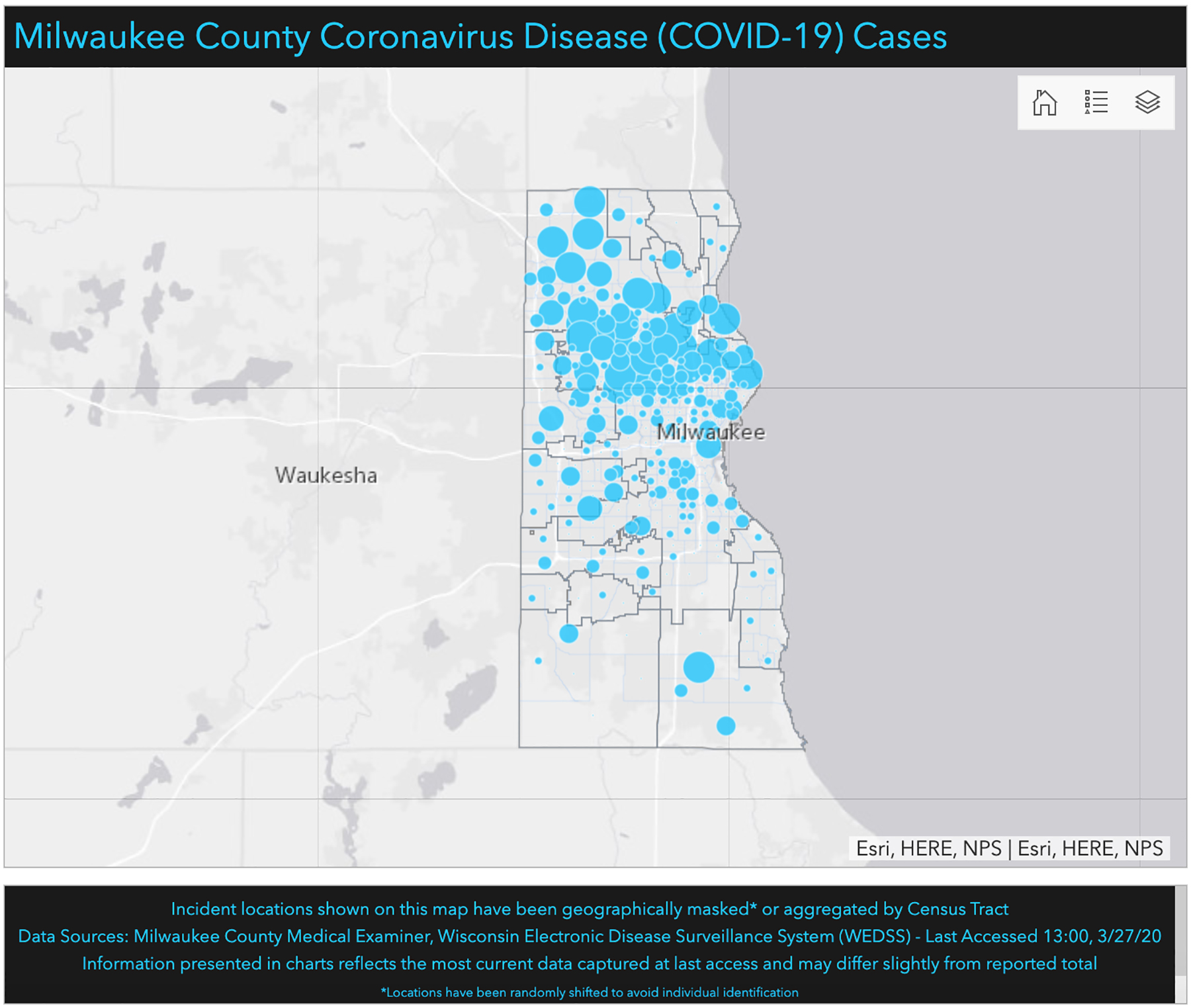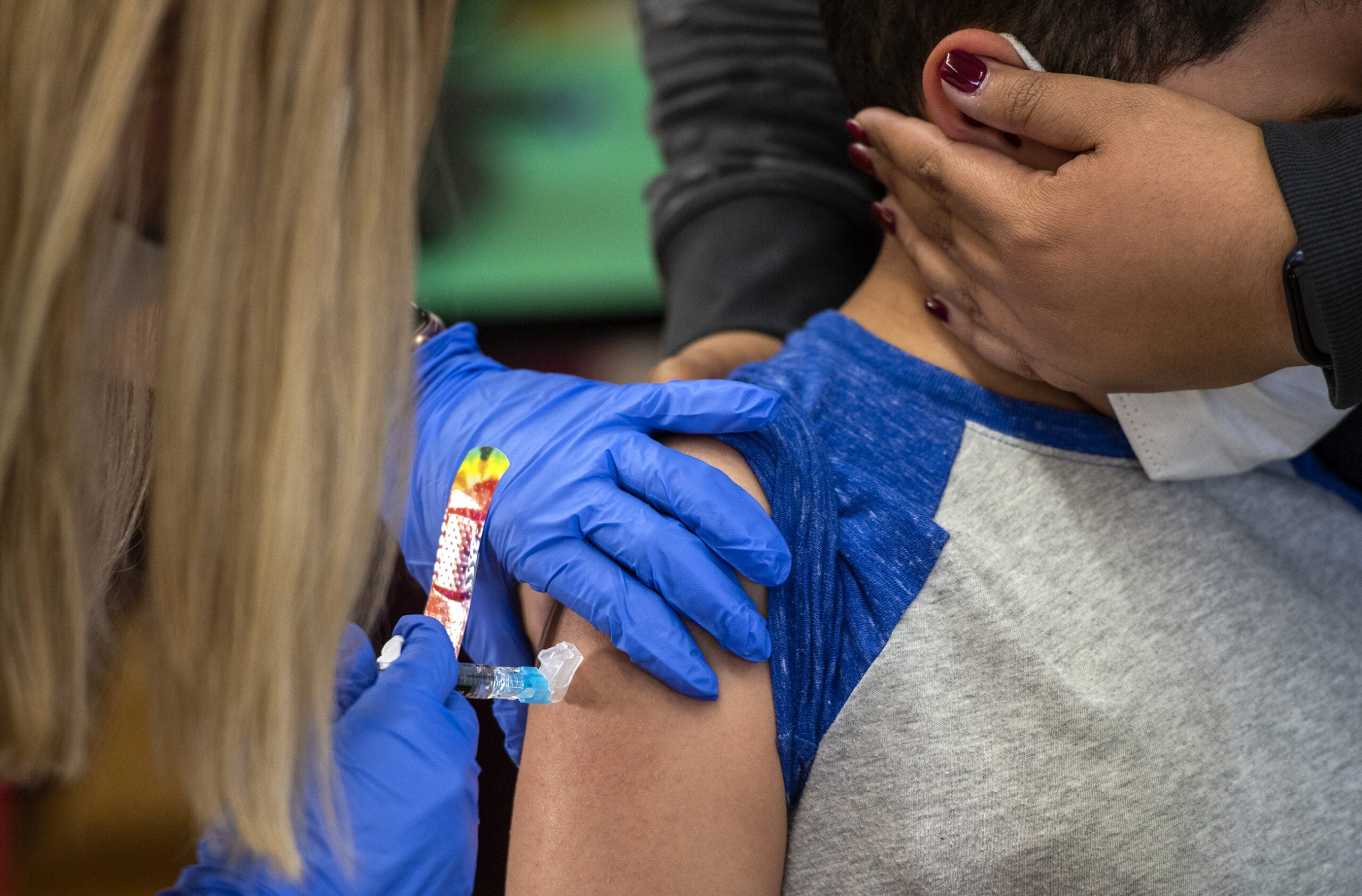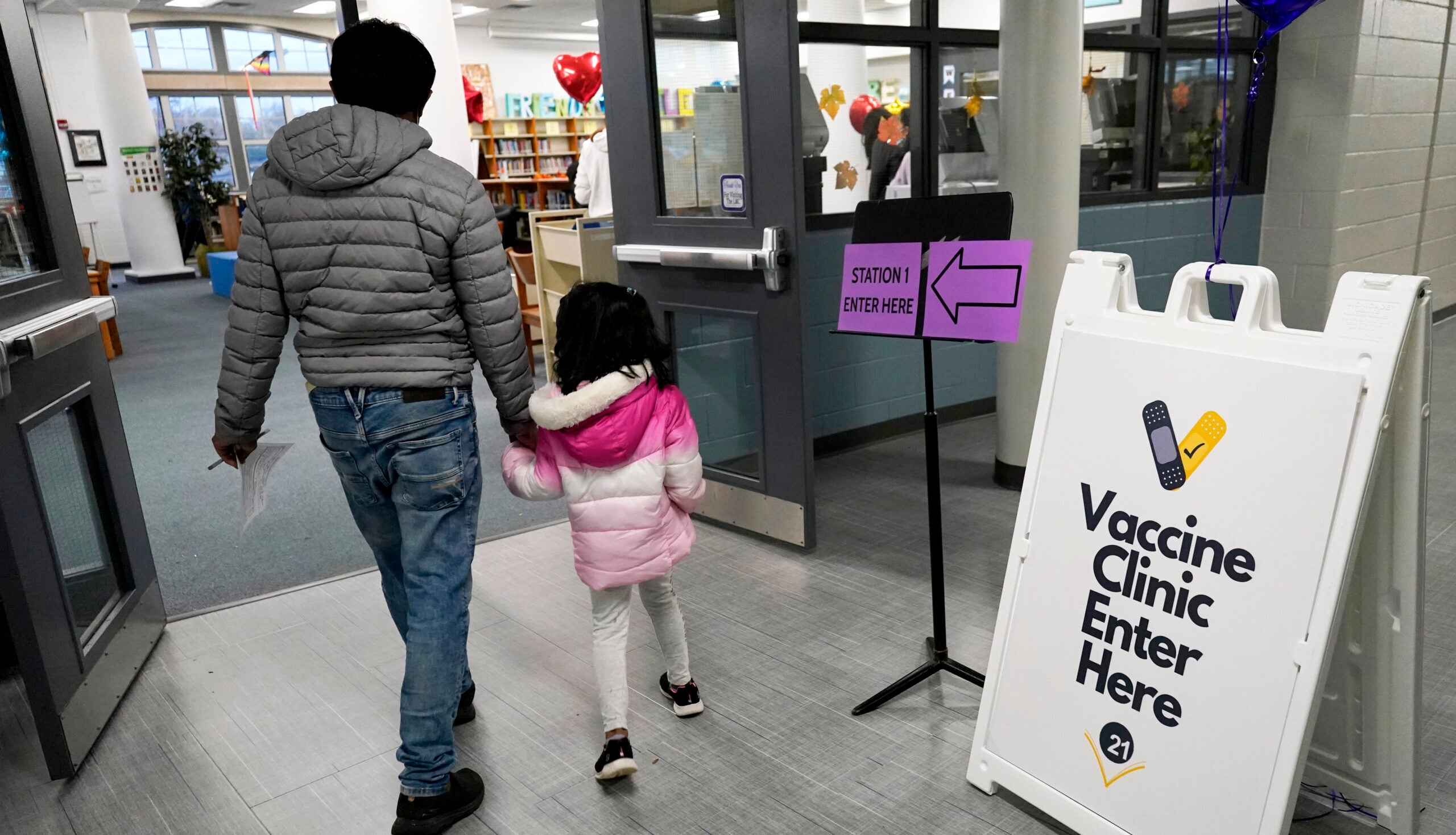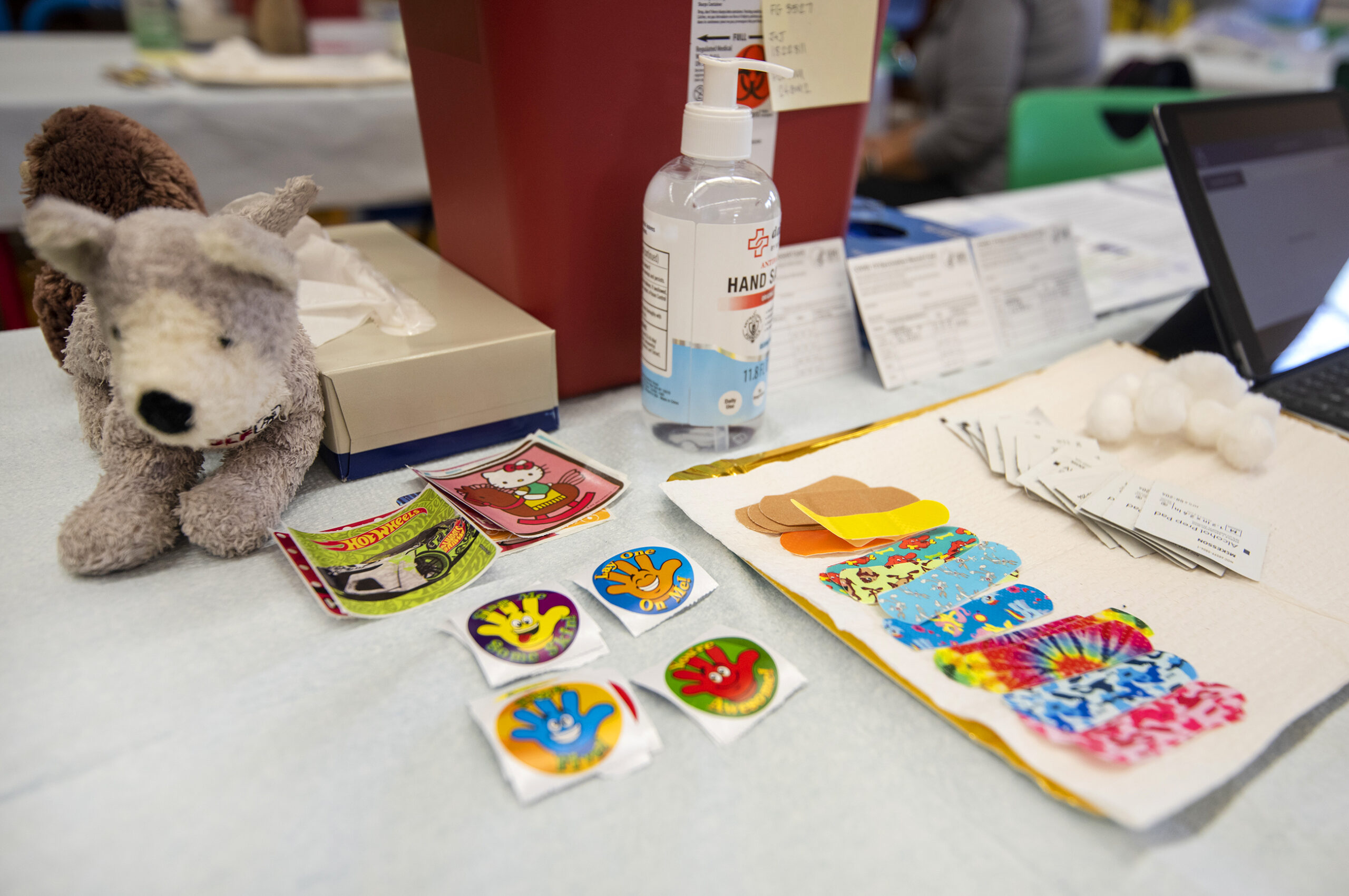As Wisconsin’s COVID-19 death toll continues to rise, Milwaukee’s African American community has been hit particularly hard. Of the state’s 14 people who have died after contracting coronavirus, eight of them were African Americans living on the city’s northwest side, and Milwaukee appears to be the only city in the country where this is happening.
On Friday, Gov. Tony Evers called the deaths in Milwaukee “a crisis within a crisis.”
Milwaukee health officials say they are still gathering and analyzing the data to figure out why this community has been hit hardest by the virus. But in the meantime, city and county health departments have rolled out public health campaigns to Milwaukee’s African American community.
News with a little more humanity
WPR’s “Wisconsin Today” newsletter keeps you connected to the state you love without feeling overwhelmed. No paywall. No agenda. No corporate filter.
As of Friday, Milwaukee County had 468 positive COVID-19 cases, according to Milwaukee County’s COVID-19 dashboard. Wisconsin had positive 842 cases as of Friday afternoon, according to health officials.
Milwaukee County Supervisor Felesia Martin represents the city’s northwest side. She said even if people are just talking to their neighbors, they need to do their part to encourage social distancing.
Martin said she believes she has more than 30 COVID-19 cases in her district.
“Is it a part of lack of communication … our not touching all forms of media? Or are people not understanding how serious this virus is?” Martin said. “And of course with our president saying it’s not serious, it’s a hoax, are people still holding onto that thought?”

Dr. John Raymond, president and CEO of the Medical College of Wisconsin, said it’s a surprise so many people in Milwaukee’s African American community have been affected because there have not been reports from other cities of there being hot zones starting in other black communities.
“What I want to emphasize about this virus is everybody is potentially an individual that can be affected: young, old, children, black, white, Latino, all of us,” Raymond said. “If there are issues with the early cases being in the African American community, we don’t know why, but I think a lot of people are working very hard to find out what the root cause is.”
Raymond said the Centers for Disease Control and Prevention is in Milwaukee to study why more African Americans have contracted the new coronavirus. He also said it would be speculative to say the COVID-19 cases have anything to do with the occurrence of comorbidities among African American community.
“I would say though that there is a potential that some of the neighborhoods are less connected to receiving good information as to practicing social distancing, or physical distancing,” Raymond said. “We need to make sure everybody, especially those in under-resourced communities, know about the danger of this virus.“
The Milwaukee Health Department has created a series of public service announcement videos with the goal of providing information and guidance related to the new coronavirus.
Commissioner of Health Jeanette Kowalik said she has received several reports that people are violating the city and state’s “safer-at-home” orders, but before she begins enforcement, she wants to make sure everyone is aware of the rules.
“While we are still gathering and analyzing all of the data, it is clear at this point that the communities being hit the hardest by this virus are those where there is a high density of African American residents,” Kowalik said. “African Americans in Milwaukee also face other socioeconomic challenges that can impact a person’s health. We must remember now and in the future that public health goes beyond just diagnosis and treatment and should be considered more holistically.”
African Americans in Milwaukee are not being tested at a higher rate that other races, Kowalik said.
Dr. Ben Weston, director of medical services for the Milwaukee County Office of Emergency Management, said while the map shows more cases of COVID-19 on Milwaukee’s north side, the virus is in all communities.
“Those blue dots in every municipality will grow before they shrink,” Weston said. “Throughout history and today, underserved populations often see an undue burden of disease. This is due to a lack of resources, jobs that don’t accommodate telecommuting, inherent challenges with social distancing and many other factors.”
Weston said clustered cases like this can lead to accusations and discrimination. But it should not.
“Make no mistake, COVID-19 is in all communities in Milwaukee County, and it has and will continue to affect us,” Weston said.
Wisconsin Public Radio, © Copyright 2026, Board of Regents of the University of Wisconsin System and Wisconsin Educational Communications Board.




